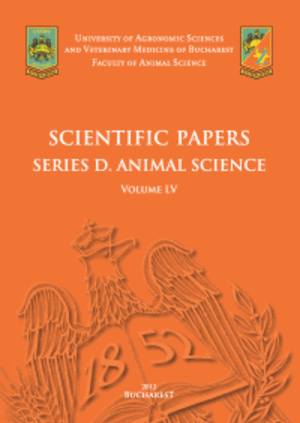Published in Scientific Papers. Series "Management, Economic Engineering in Agriculture and rural development", Vol. 24 ISSUE 4
Written by Mădălina Roxana ILIE, Georgiana Armenița ARGHIROIU, Silviu BECIU
This study aims to analyse the evolution of tourism in Brașov County during the COVID-19 pandemic, specifically, the 2020-2023 timeframe. The methods used were qualitative and quantitative. The primary data used were obtained from the National Institute of Statistics (NIS) while the qualitative method included a review of relevant literature and analysis of official documents. The purpose was to see if Brasov County tourism sector was heavily affected by Covid-19 pandemic considering the restrictions and blockages that the industry had to face in that period. The study revealed the fact that Brasov County was very resilient and despite the pandemic which affected tourism businesses, increases were registered in accommodations and tourism arrivals. Important growth was observed in hotels, with occupancy rates increasing from 21.63% in 2020 to 37.41% in 2023, agritourism, 14.63% in 2020 to 19.72% in 2023. The domestic tourists played a significant role, dominating the number of overnights spend, respectively, 1.37 million in 2020 to 2.61 million in 2023 while foreign tourists’ overnights reached, from 65,122 to 316,772, representing 386% growth. Nature-based and rural tourism is a key attraction with domestic overnights spent in rural related accommodations reaching 553,466 in 2020 to 842,063 in 2023, both domestic and foreign tourists. Regarding the country’s foreign tourists came, Germany led the way, 13,220, followed by Israel, 14,095 and Republic of Moldova with 7,268, in 2022. Brasov’s ongoing efforts to improve its tourism infrastructure and expand its offerings are essential for sustaining this growth and strengthening its position as a leading destination for cultural and nature-based tourism in the region.
[Read full article] [Citation]

 Next Issue will be published according the the calendar.
Next Issue will be published according the the calendar.



